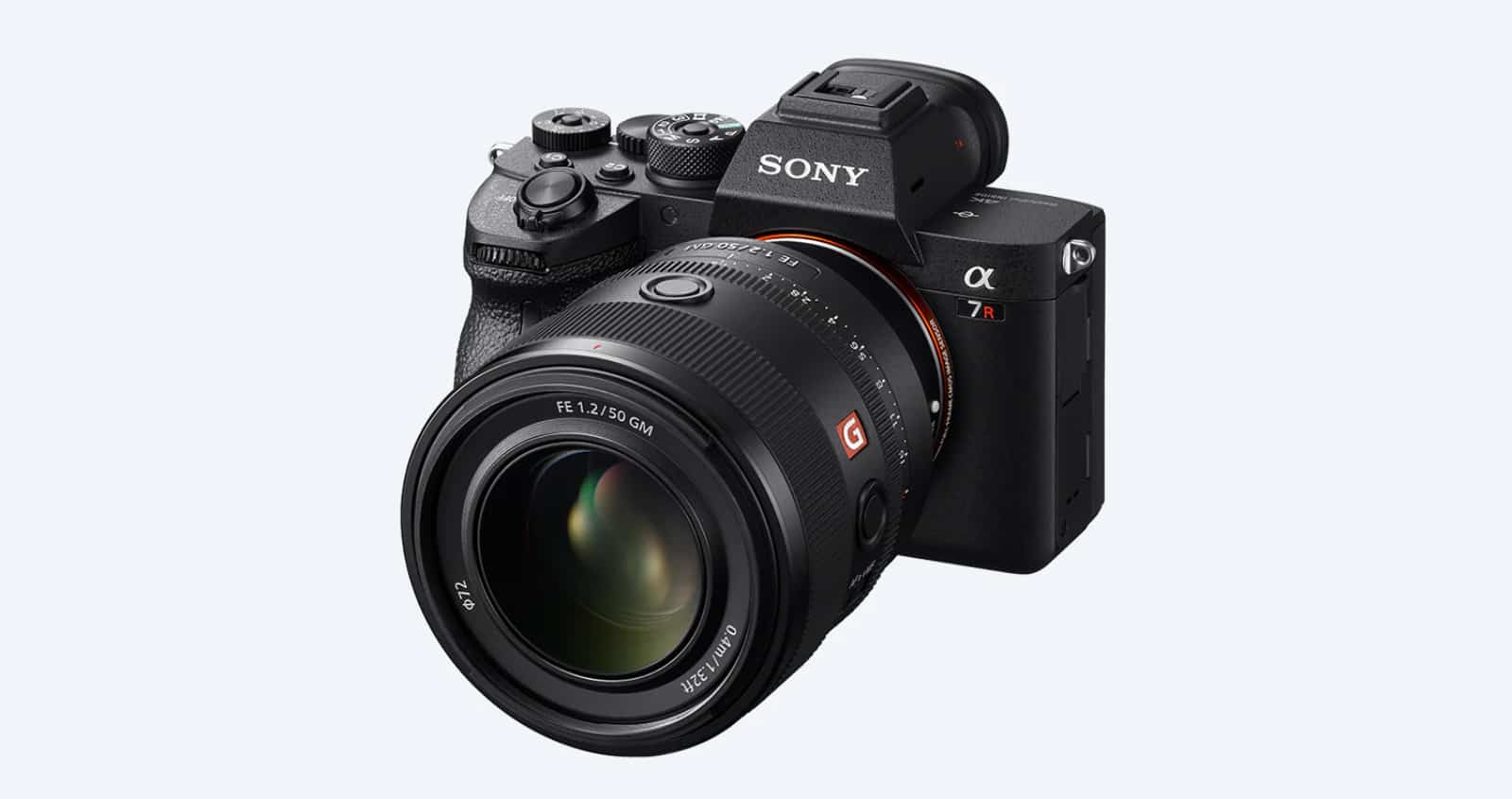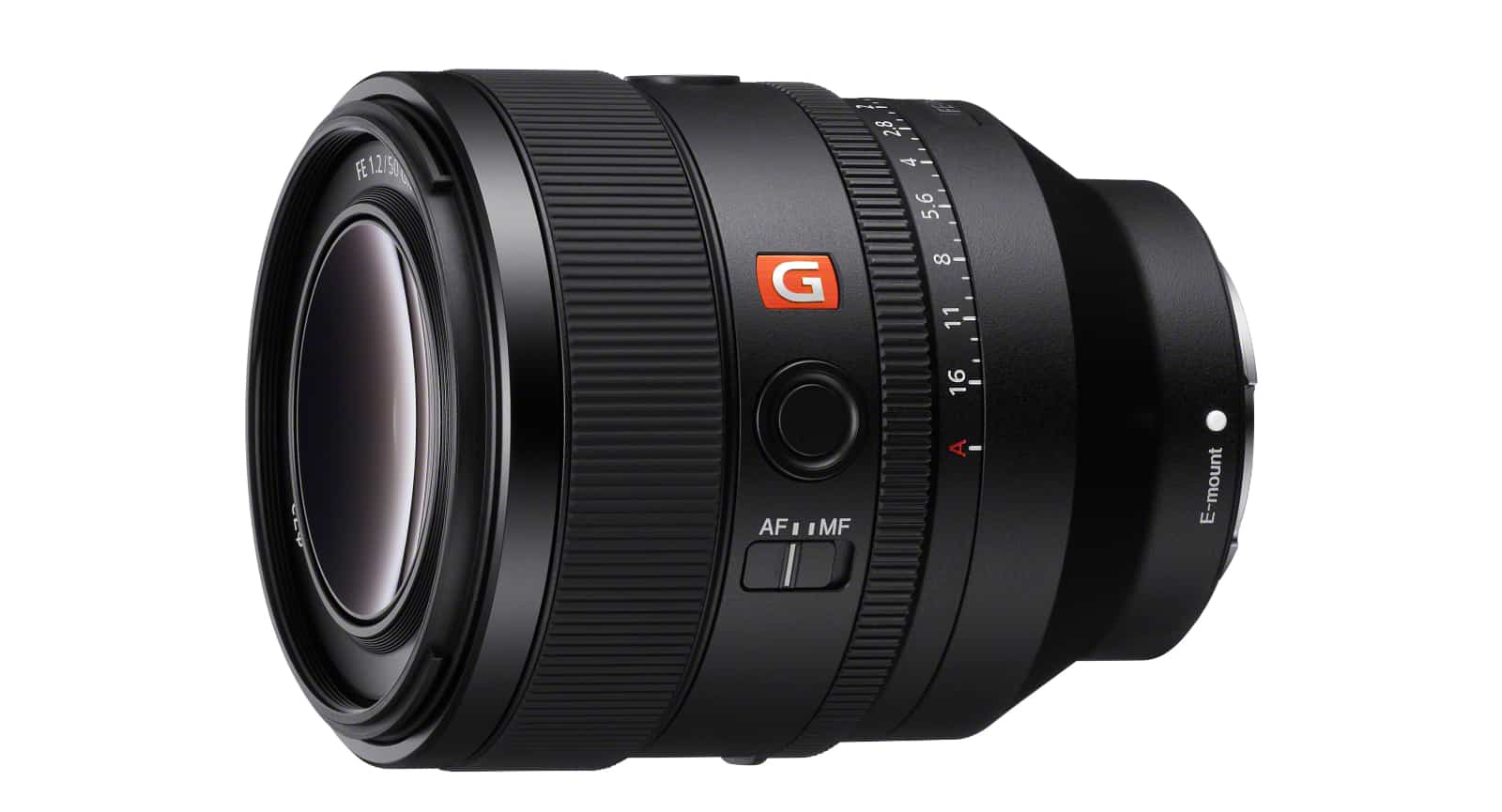A big camera lens is on the way for owners of Sony cameras, as the Alpha lets in the light for picture perfect portraits.
Once you learn how to hold a camera, you typically start to use a camera a little better, and that might begin with being able to know that every lens isn’t going to be the same.
The lens that comes with your camera — or even the one built into your camera — could well be versatile, and let you get close and wide as a walk-around lens, and it might even be good at portraits, too.
However to get the best portraits, you typically want to let in a lot of light, controlling your depth of field, and that’s not something every lens can do. Look at a lens, and you’ll see why: the lower the “F” number, the more light that can come in, provided it’s controlled. More light means a brighter image, but it can also mean lower depth of field, making photography all about that balancing act.
Lower depth of field matters for some images, not all, specifically focusing on portrait shots, where the background goes all blurry and all you can see is the person in the shot. It’s a type of shot that smartphones try to emulate using background defocus, which they do either with a second camera or software smarts (or both), but that portrait lenses do by letting in more light.
More light tends to equal less depth of field in the world of lenses, which also means a lower F-stop on the lens.
And the lower you go, the more costly a lens gets. That’s often how you know whether you’re dealing with a great portrait lens or an even better one, with F1.8 lenses typically being good and F1.4 typically being better.
Below F1.4, there’s another spot at F1.2, because every stop counts, and that’s where Sony’s latest lens is positioned.
Its 60th lens in the E-Mount line-up made for its Alpha cameras, the Sony FE 50mm F1.2 G Master is a big lens built for portraiture and film-making, covering a wide range of aperture stops, and including a dust and moisture resistant design.
There’s a minimum focus distance of 0.4 metres allowing you to get relatively close to your subject, with the lower aperture able to deliver soft backgrounds, providing all that juicy bokeh (the term given to when the background goes blurry).
However it also comes at a cost, because while the F1.8 and F1.2 represent “good” and “best” respectively in portrait lenses, the prices also reflect that, too. As such, the Sony FE 50mm F1.8 comes in at $499, while the new 50mm FE F1.2 G Master is priced almost $3K more at $3399 locally. You’ll find it in stores across Australia in May.








